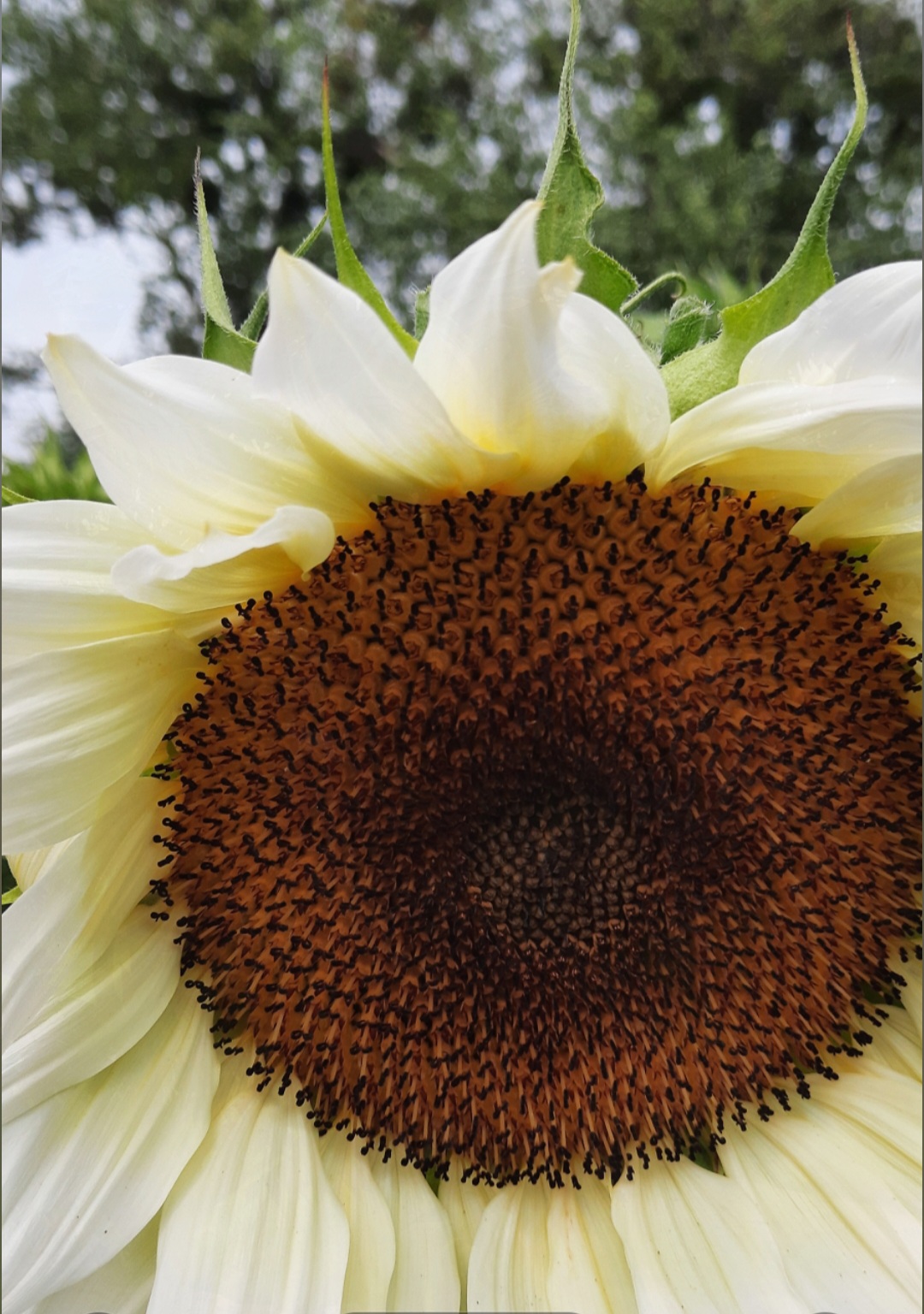Translated by DON SHARE
Morgualos love chimneys, white cotton shirts, the agapanthus, a tree called the seven-skin, the scent of fresh cilantro as it falls into soup, the sound of church bells, and days without clouds.
The Morgualos are makers of stills, three-cornered hats (but only for export), plows, watches, sextants, beakers, and candelabras.
They are printers, tailors, and cooks.
No one is more competent, diligent, well-organized, and skillful at his work than a Morgualo.
Morgualos accumulate things all through their lives: dried leaves from maple or walnut trees; beet-red flowers, or flowers colored like the Archibishop’s red, pressed between the pages of a book; unobtrusive stones with strange shapes and textures; packing material for glass items; tiny filigrees of jade, silver, ivory, or wood; little trunks made of coconut or tin; small casks with subtle incrustations and decorations; laminas and poems; portraits and embroidery.
Morgualos place their charming fetishes in surprising places around their houses: a portrait might get stashed inside a dictionary; a brilliant red stone could end up in the refrigerator like a petrified vegetable; a poem could end up under a pillow; or a sketch on a bathroom wall. And whenever Morgualos stumble across these objects in their daily rounds, they smile.
There are three types of rain in the Morgualos’ land: tepid splinters that fall in hot steam; a thick green rain – highly recommended for reviving marriages, or for intractable migraines; and, finally, a rain of pure water, so translucent that it can’t be seen in mirrors, and which all Morgualos love.
The Morgualos’ tools are: burins for grinding just the right shapes in their works; furnaces and tongs for smelting and picking up metal; forges and hammers, and Anvils – a word always capitalized, and seldom spoken aloud.
You won’t hear a Morgualo mention Anvils; but it is known that Morgualos are in some kind of mental communication with them – they address prayers and supplications to them every time they must use an Anvil, and perform certain rituals when they are done using one.
Morgualos know riddles, and origami; they are master mechanics; they are expert in the use of chisels, trowels, and levels; they make shoemakers’ tools just as well as they make fine watches; in medicine, they know how to make use of prayers and roots – fibers and words are very useful to them, as are trances, and liturgical and thaumaturgical formulas.
Morgualos amuse themselves by polishing stones; putting ceramics into the kiln and pies into the oven; by dancing the rigadoon; and by playing word-games.
A Morgualo year is measured by the number of appearances made by the phoenix. Each time one of these birds rises from a handful of ashes, another Morgualo year has passed by.
When a Morgualo dies, he is transformed into a useful object: a spoon, a fish-hook, tweezers, a bottle, a pair of eyeglasses, a chair, a shirt, a fan.
If a Morgualo falls in love, he does not need to tell the one he loves. All he has to do is dream of her three nights in a row, and she will know it.
Afterwards, the couple will be happy together, until the first moment of disaffection falls upon them, because a Morgualo is never afflicted with a love that is not reciprocated.
There are Morgualos who make invisible birdcages, and Morgualos who can’t make them.
This is the only thing that divides the Morgualos, yet it does not constitute a motive for conflict or envy among them. Instead, Morgualos who can’t make invisible birdcages admire those who can. At the same time, the latter, who comprehend that theirs is an innate ability, dependent upon unknown causes, are grateful for the signs of affectionate admiration shown them by the others, and customarily give them invisible birdcages as presents.
When a Morgualo has finished building an invisible birdcage, he has to open a window. A pair of tiny birds will fly in. The male is yellow and the female either red or blue, depending on the season. These are the invisible birdcage-birds who make that fatal flight through the window on the day a birdcage is finished.
An invisible birdcage becomes perceptible to the eye under the light of the moon. If it is a crescent moon, the delicate bars that form the cage look blue. If it is a waning moon, the cage appears to be made of a metallic liquid material, a kind of flowing mercury, and it turns silver until it dissolves in translucent, glassy whiteness while the moon becomes a sliver, a fine luminous banana.
Under the rays of a full moon, the invisible birdcage is golden, resplendent. It seems then to be made with threads of an amazingly pure light, through which the birds sing their most beautiful melodies.
Don Share is Senior Editor of Poetry. His books include Squandermania (Salt Publishing), Union (Zoo Press), Seneca in English (Penguin Classics), and most recently a new book of poems, Wishbone (Black Sparrow) and Bunting’s Persia (Flood Editions, a 2012 Guardian Book of the Year).



